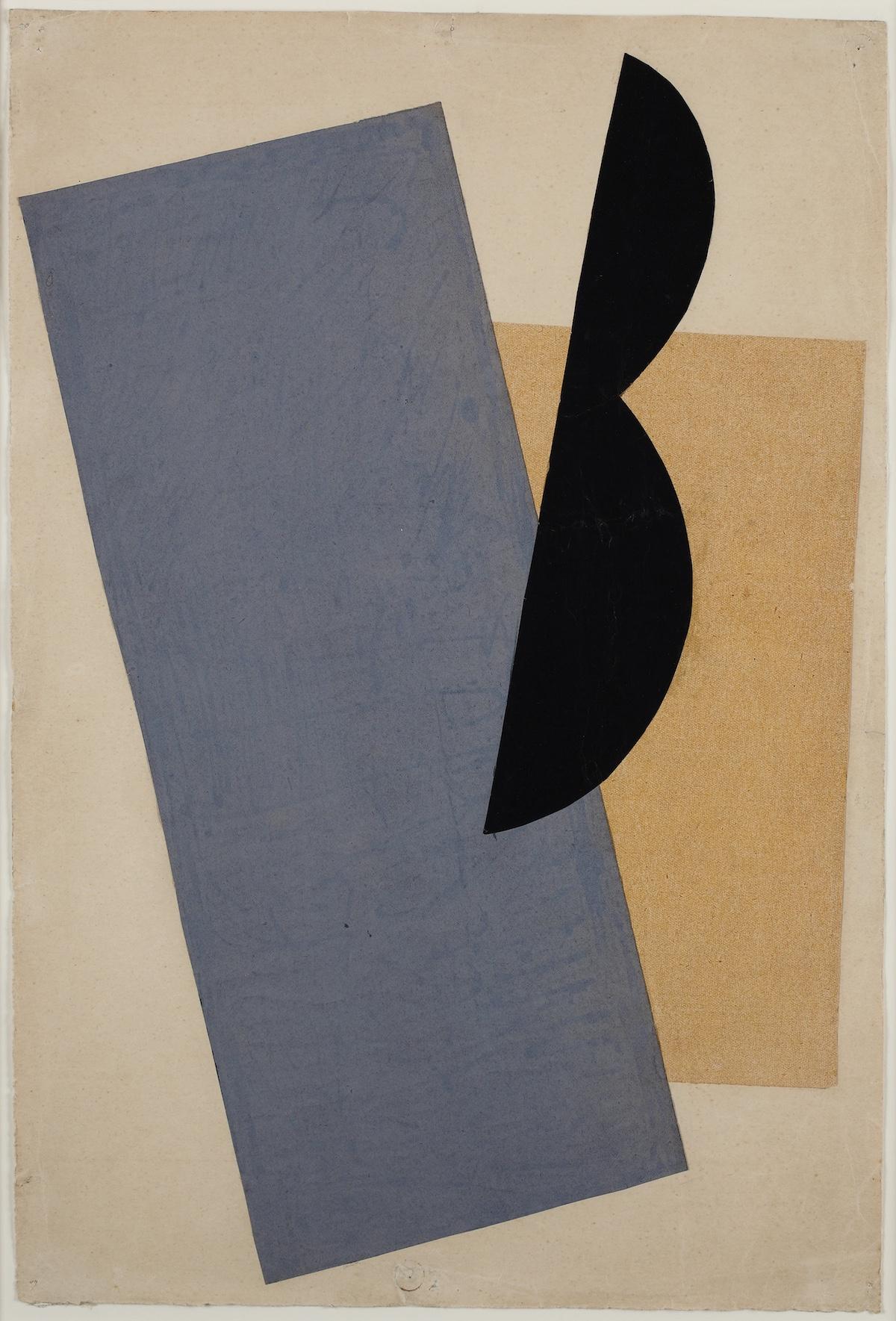Founded by Aleksei Gan, Vladimir Tatlin (1885-1953), Alexander Rodchenko (1891-1956), and other Bolshevik artists, the movement aimed to create a scientific base that would guide industrial creation, specifically those regarding building construction, labor practices, and even education, that would positively serve Russia’s new Communist society.
Going a step beyond the aspirations of Socialist Realism, Constructivism eventually developed into a form of agitational propaganda to influence art audiences worldwide to join the Bolshevik cause. The movement evolved with a focus on the basics of furniture design, graphic design, advertising, and theater design, something that aligned with its original purpose of using and aestheticizing materials relevant to their purpose, one that serves the proletariat and abandons ideas of bourgeois materialism and ornamentation. Despite this, the movement’s manipulation of shape, color, and line arguably revolutionized Modern art.
Intending to place art and architecture in service of society, the basic characteristics of Constructivism include the use of large geometric shapes as the primary form of a composition and spatial harmony of this placement within. Although most Constructivist artists rejected the use of primary colors and high contrast, Polish sculptor Katarzyna Kobro (1898-1951) embraced these attributes in her sculpture Spatial Composition Nr. 6 (1931), setting her apart from other artists in the movement.

































